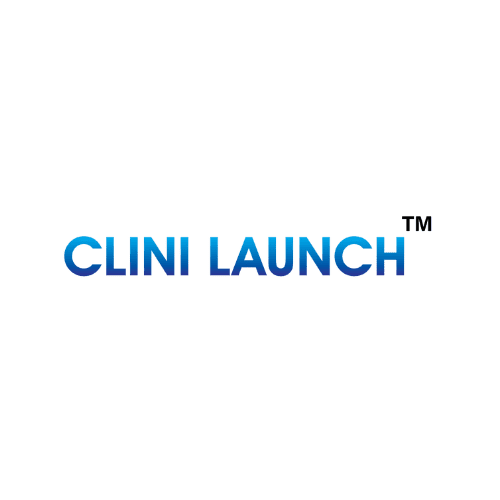Pharmacovigilance Program
The investigators and sponsors are specifically responsible for ensuring that participants in clinical trials can identify potential risks associated with the investigational medicinal product (IMP). Now, the trend of pharmacovigilance program in India is moving towards digital transformation that cannot be overlooked. With automation, electronic data capture and cloud-based systems raised the standard of curriculum and instruction in pharmacovigilance healthcare education based on pharmacovigilance operations. The technological advancements streamlined our process, data security enhancement, and error reduction.
On a global level, the Pharmacovigilance market revolves around the healthcare industry with $6.7 billion in 2022. It is expected to grow at a compound annual growth rate of 7.0% till 2030. Pharmacovigilance program is the science that provides the skills and knowledge to determine the best practices for detecting, assessing, understanding, and preventing adverse effects, or other medicine-related problems or side effects.
Pharmacovigilance Program in India
At the initial stage, the Pharmacovigilance Program in India (PvPI) is specifically an Indian governmental organization to identify and respond to drug safety (Do Follow) problems. The activities include reporting adverse drug events to take necessary action to remedy problems in the healthcare industry.
In India, the central drugs standard control organization established the program in July 2010 with All India Institute of Medical Sciences (AIIMS), New Delhi. Later, the National Coordination Centre shifted to Indian Pharmacopoeia Communication in Ghaziabad on April 15, 2011.
The Pharmacovigilance Programme of India envisions a nationwide system analyzing the benefit-risk ratios, patient safety reporting, minimizing the risks through effective communication with stakeholders, and supporting regulatory agencies. The curriculum and instruction in healthcare education focus on providing training and consulting services to national pharmacovigilance centres.
The program delineates reporting criteria that address what to report, who can report, and when to report adverse drug reactions. The objectives of the pharmacovigilance program include benefit-risk ratio analysis, support from regulatory agencies, and training for healthcare professionals and students.
The short-term goals of the program encompass the development and implementation of a comprehensive system throughout the pharmacovigilance program available in India. It includes the enrollment of all the healthcare students who want to enrol at CLRI which covers southern and a little bit of northern regions of India.
In addition, the focus lies on the emerging trends that engage healthcare professionals in the reporting of adverse reactions (AR) which are related to vaccines, biological products and drugs. The clinical research program involves pharmacovigilance programs that also aim to efficiently collect and manage a comprehensive set of data based on adverse care reports.
However, the long-term objective for clinical research encompasses extending pharmacovigilance to all public and private health centres and hospitals throughout India. This expansion includes the implementation and development of e-reporting mechanisms, coupled with imperative Adverse Drug Reaction (ADR) reporting for healthcare professionals.
Pharmacovigilance Program Methods
The pharmacovigilance methods employed within the program in India encompass spontaneous reporting, cohort event reporting, and targeted spontaneous reporting. The organizational structure under the National Coordination Centre (NCC) involves various committees, such as the working group of the pharmacovigilance program in India, the Steering Committee, the Quality Reviews Panel, the Core Training Panel, and the Single Review.
The operational module of the NCC specifically entails specific steps to ensure the efficient pharmacovigilance program functions. Stakeholders are responsible for distributing among personnel at the NCC, the AMC, and the Zonal/sub-zonal CDSCO HQ. This collective framework ensures a comprehensive and well-coordinated approach to pharmacovigilance, effort duplication minimization, and monitoring of adverse drug reactions with optimization.
ViGiFlow: Pharmacovigilance Program Software
ViGiFlow is an individual case study report management system (CSRM) for countries that require an electronic pharmacovigilance database to collect, process, analyze, and share adverse drug reactions (ADR) and adverse events following immunization reports (AEFIR).
The pharmacovigilance program in India deals with developmental phases, detailing its creations that include the utilization of ViGiFlow as one of the most pivotal software. This tool is crucial to implement program elucidation with its development and hosting by the Uppsala Monitoring Centre (UMC). Furthermore, exploring the steps within ViGiFlow and guidelines on efficiently saving reports within the software were provided in the research report.
To Sum up
In Conclusion, the Pharmacovigilance Program of India (PvPI) undoubtedly has come a long way since its inception in 2010. From humble beginnings focusing on reporting adverse reactions, it has evolved into a sophisticated, digitally-driven system encompassing comprehensive data analysis, robust regulatory oversight, and stakeholder engagement. The commitment to continuous improvement, evident in initiatives such as the adoption of ViGiFlow and expansion plans is specifically promising where patient safety remains paramount.
Challenges remain. However, bridging the gap between rural and urban healthcare facilities, and optimizing the reporting system for diverse populations while fostering a culture of proactive pharmacovigilance among all healthcare professionals are crucial for the next steps. We need to address these needs that will solidify India’s position as a global leader in ensuring the safety and efficiency of medicines for its citizens.
